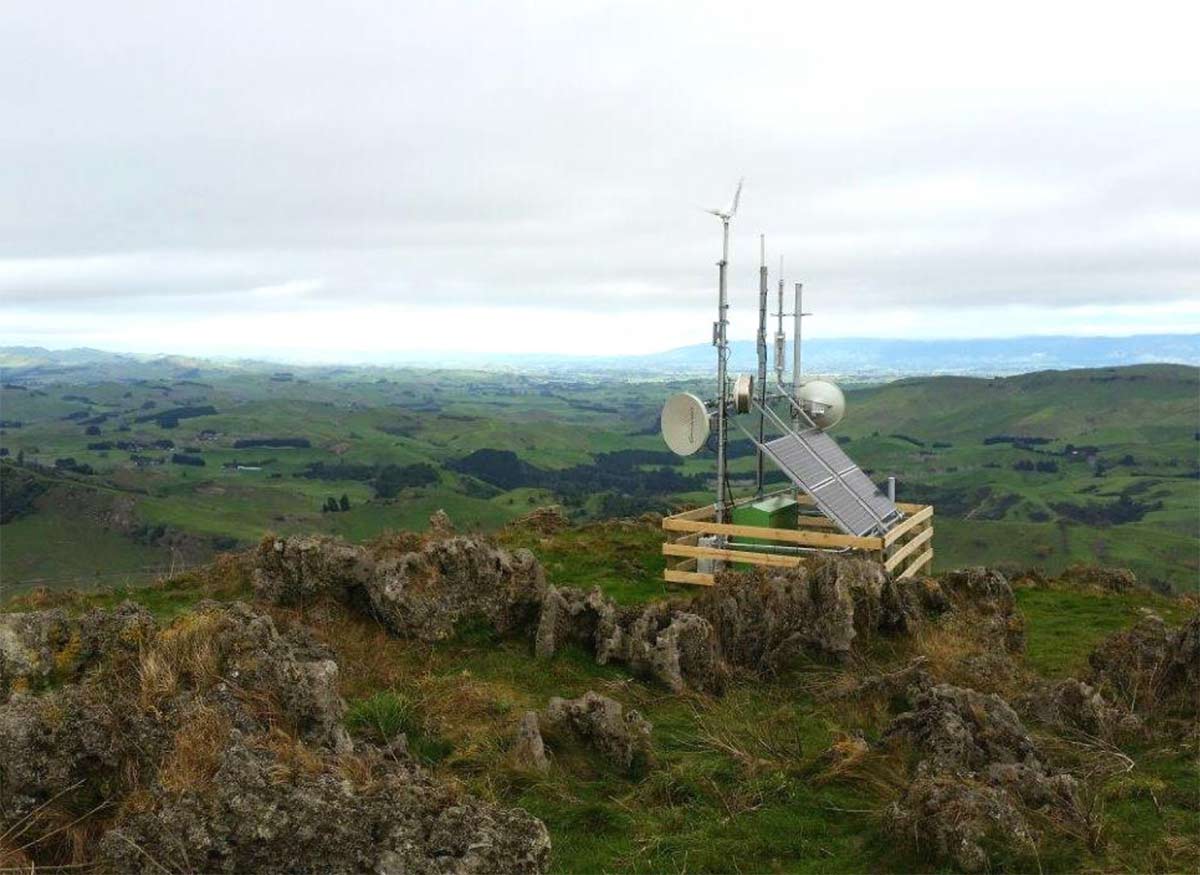
FlexSCADA has been a standard outside of North America almost since its inception. At remote sites such as the Wireless Broadband Station in New Zealand (above) the importance of remote monitoring and remote control is well known.
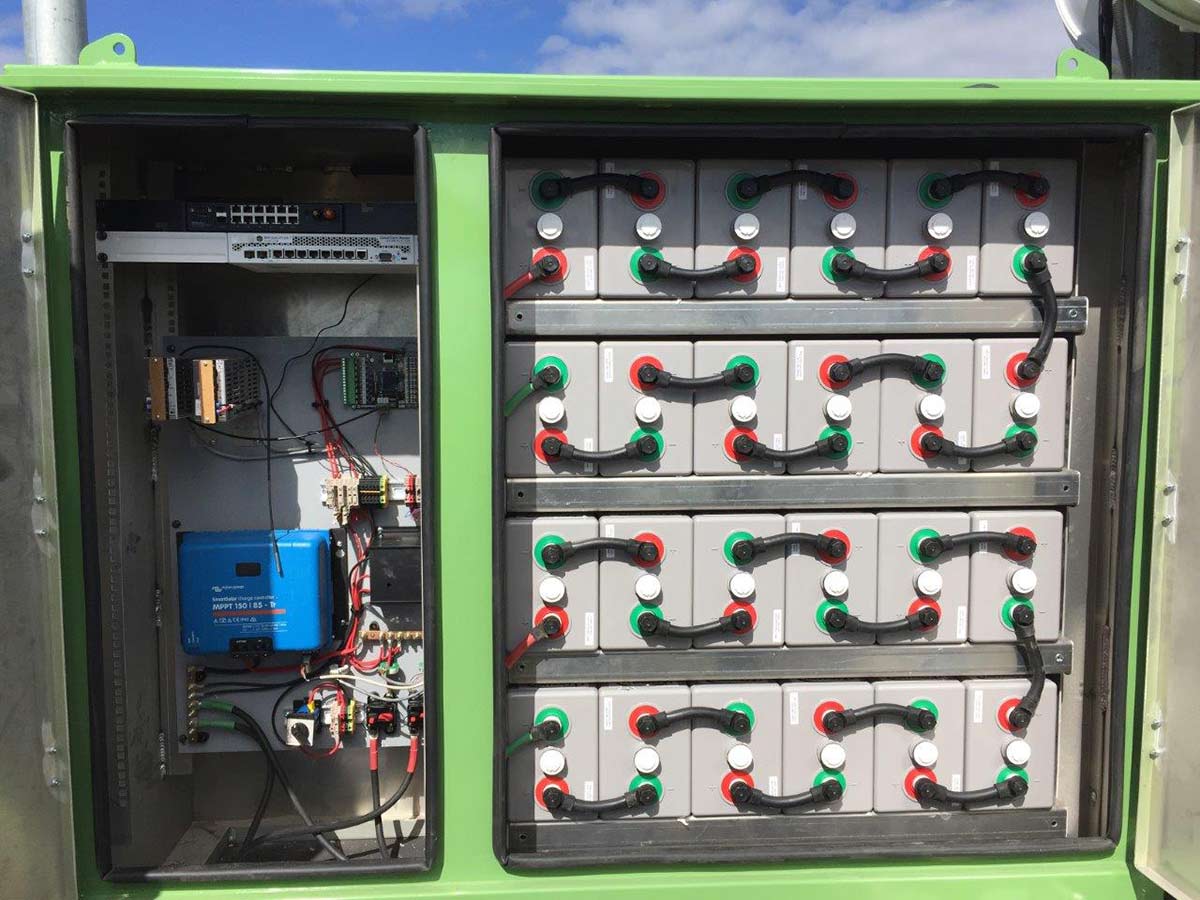
FlexSCADA’s new Q5 series are important advances in SCADA RTUs, but many of the FlexSCADA legacy units, such as the Q4 below have been in the field nearly 10 years. In 2018 the new FlwxSCADA Q 5 line was released and has been engineered for 15+ years of continuous use by utilizing safety grade components and a solid state design. Photo courtesy Inspire Net, NZ.

Before
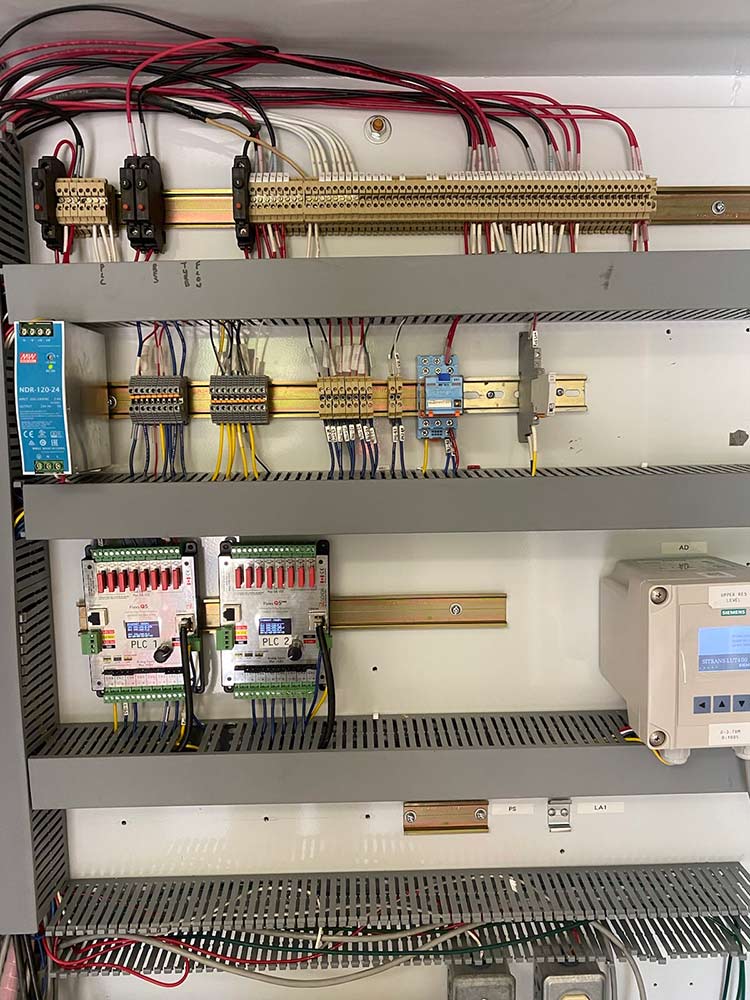
After
A common customer appreciation note often includes “before and after” control cabinet photos. Here, from a water station control center , a large assortment of sunset relays and outdated switches are transformed into an elegant control system that is easy to manage. Some call the FlexSCADA a “RTU” others consider it a “PLC” device, aspects of both are accurate, but the important thing is it is getting the job done – and in an amazingly cost effective way.
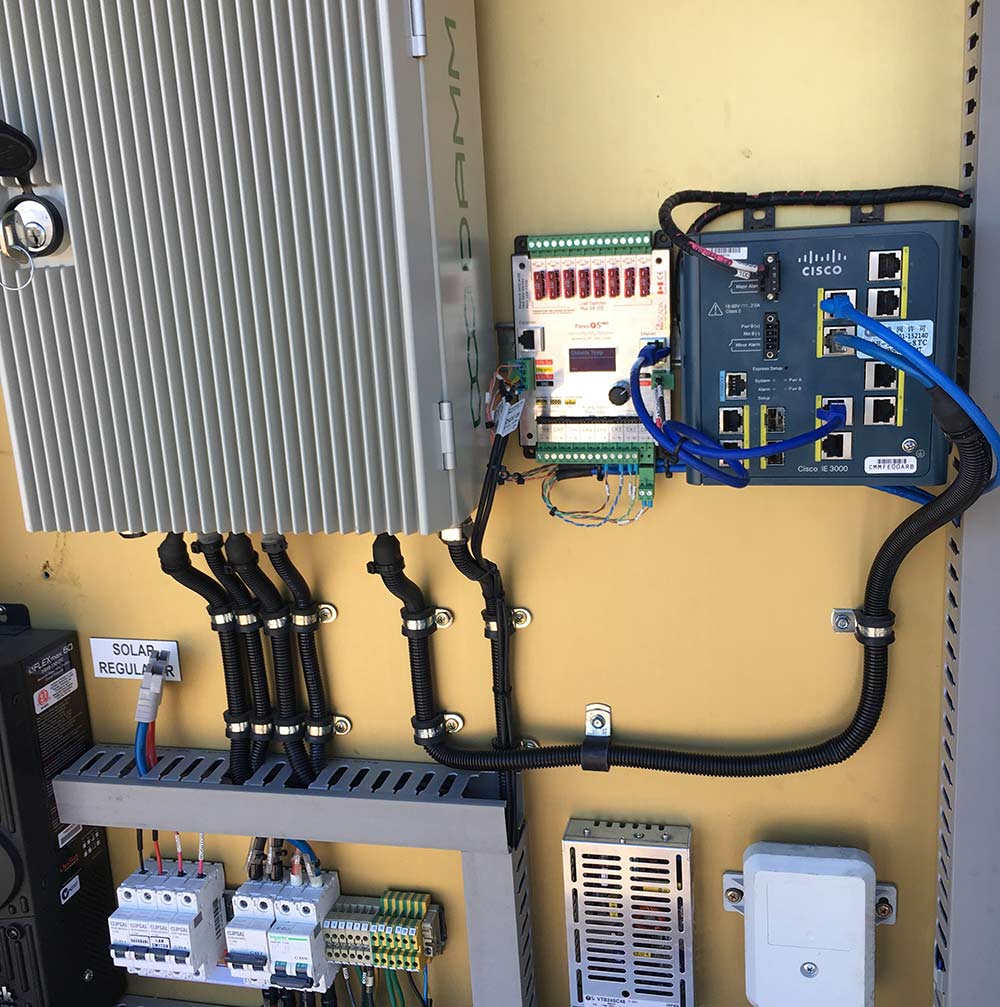
Many Telecom Technicians will look at this photo and say “Hey that looks just like my site”.
This is no surprise, as FlexSCADA is the backbone RTU for many respected telecom companies in the world. This Q5 is in Australia.
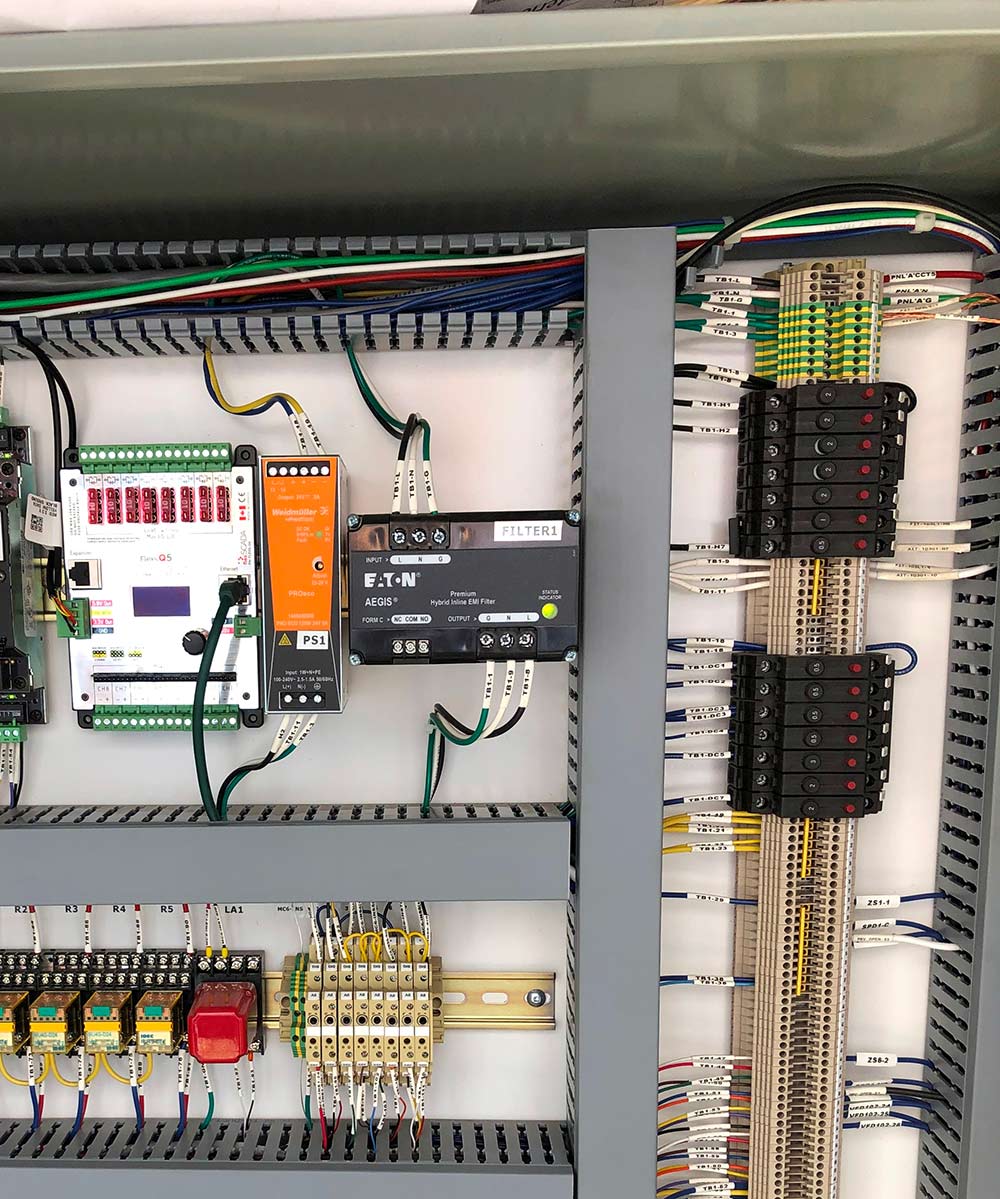
The Q5 is so cost efficient that sometimes end users do not need all the flexibility the unit can offer. Here, the flexSCSADA is being used as a gateway to the internet and cloud. But the customer also discovered the ‘one wire’ temperature sensors gave them additional operational information they never had before. This RTU is working in Australia.
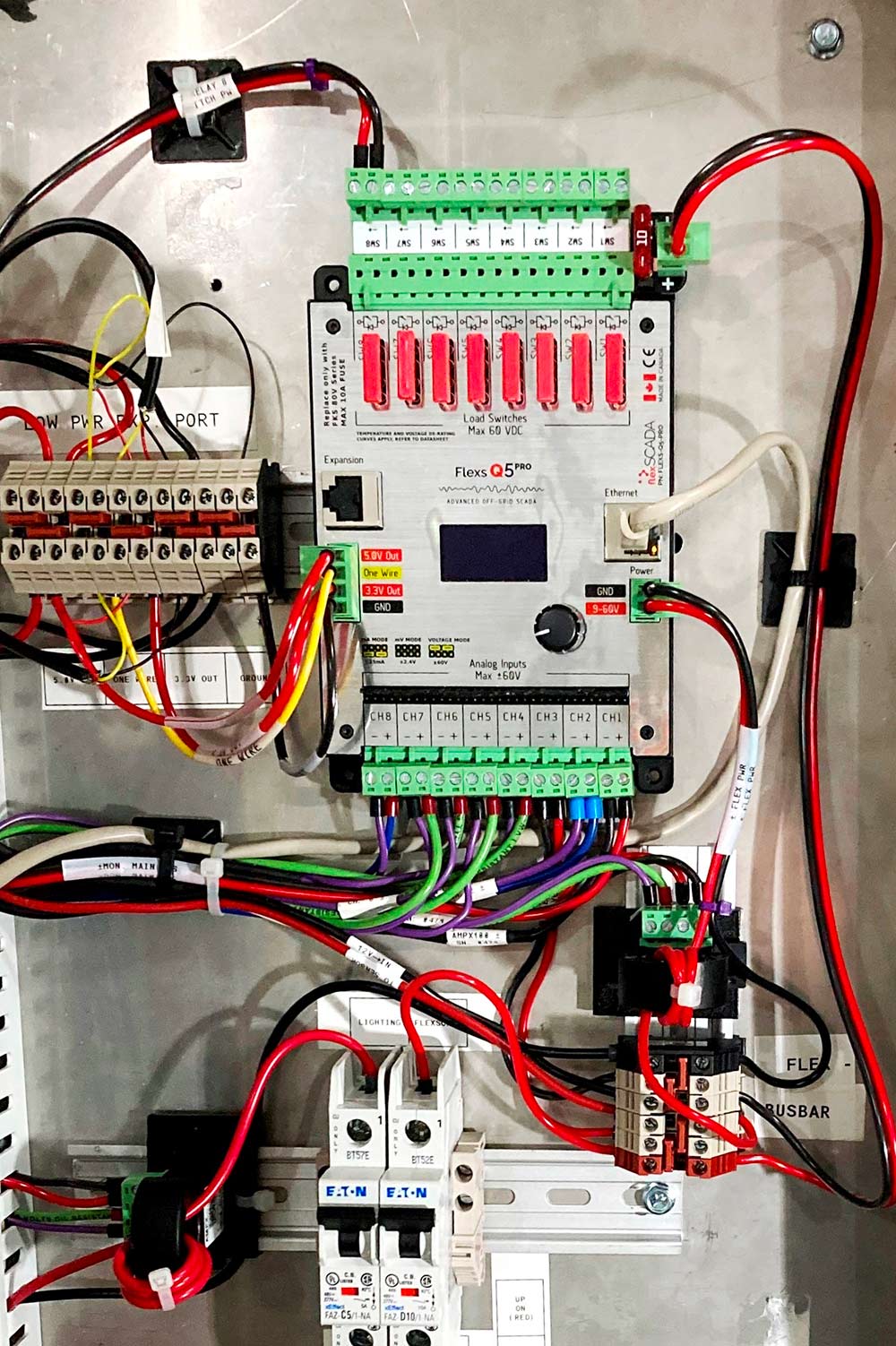
The FlexSCADA’s compact design coupled with a din rail mounting feature allows some end users the flexibility of fast field changes and ample sensor data acquisition in a small space, sometimes in a pelican case. This system is part of an off-grid National Emergency Communications research center in New York State, USA.
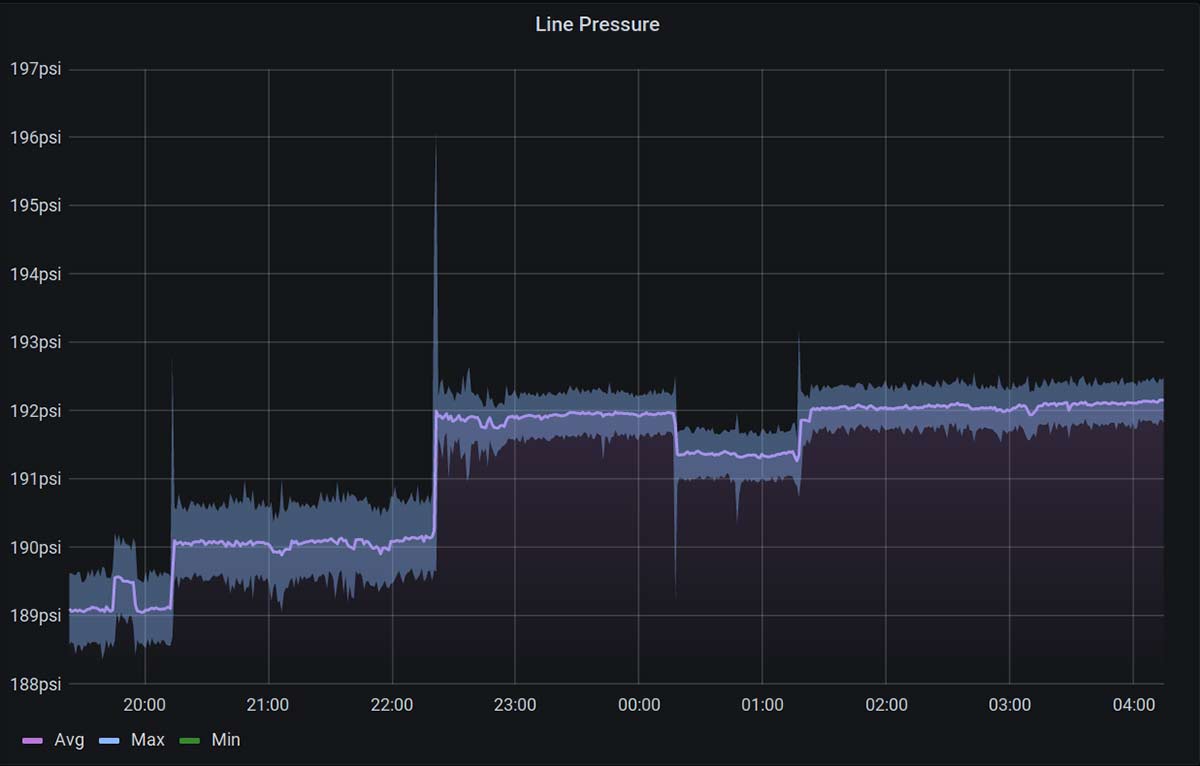
The sampling speed of the FlexSCADA Q5 is so fast, it enables data points to be captured that were lost with other types of monitoring systems. Here water hammer spikes can be seen for the first time in an water district pipeline. The customer , Lake Forest Water District in Seattle, Washington, was so happy with the utility and results of the FlexSCADA, a case study paper was created for other water utilities to use. Just Click under the water pipe image (below ) to read the study.
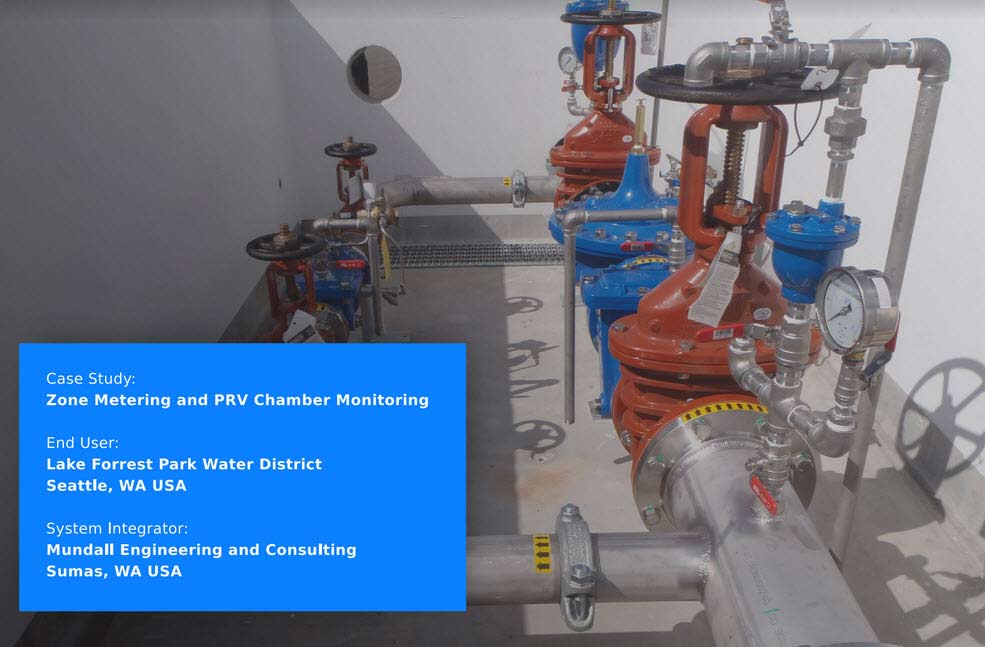
Read more about this study and others (click link to studies)
